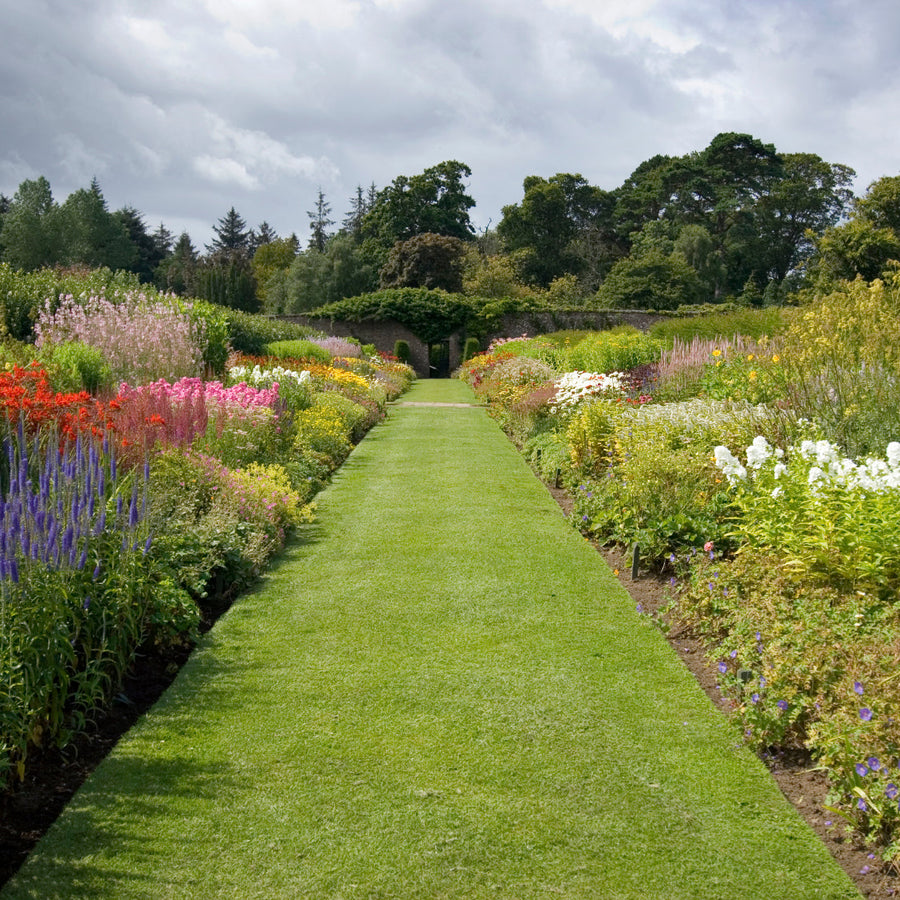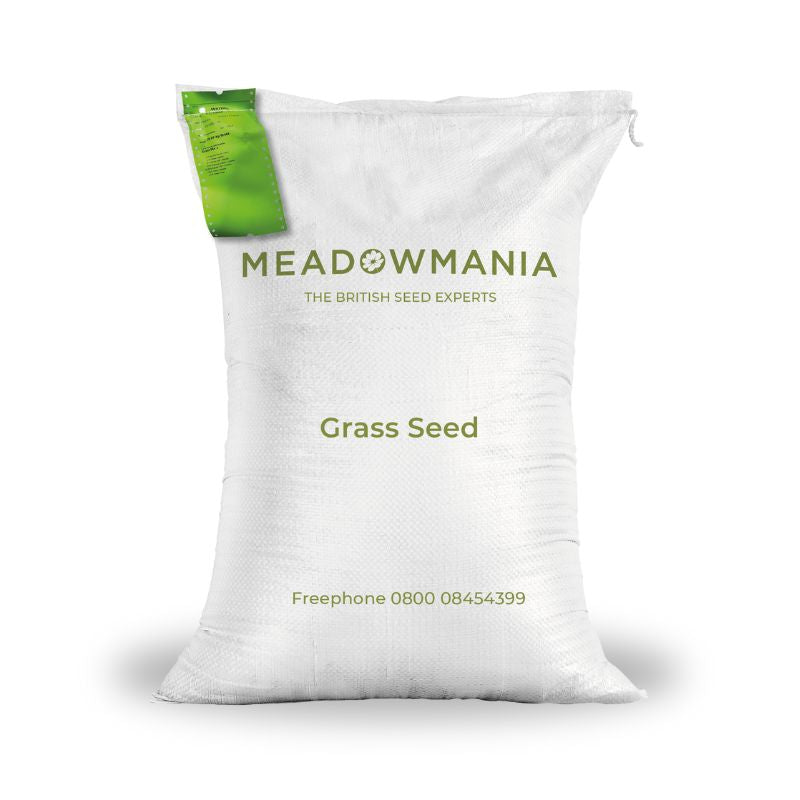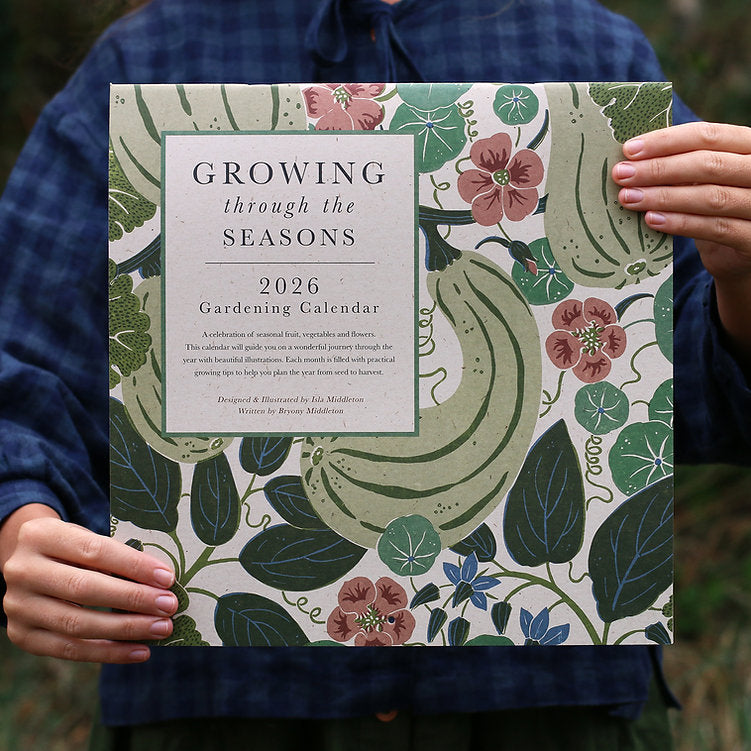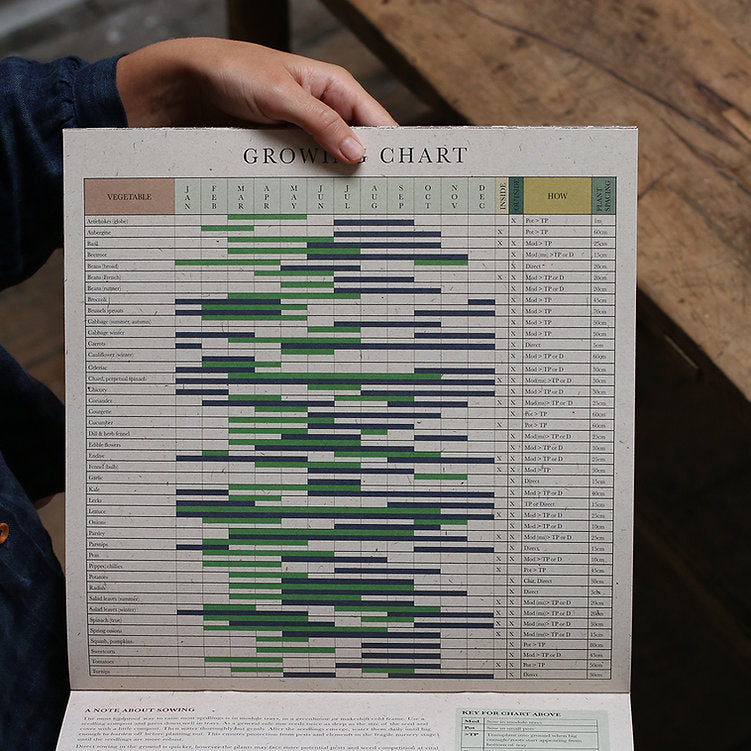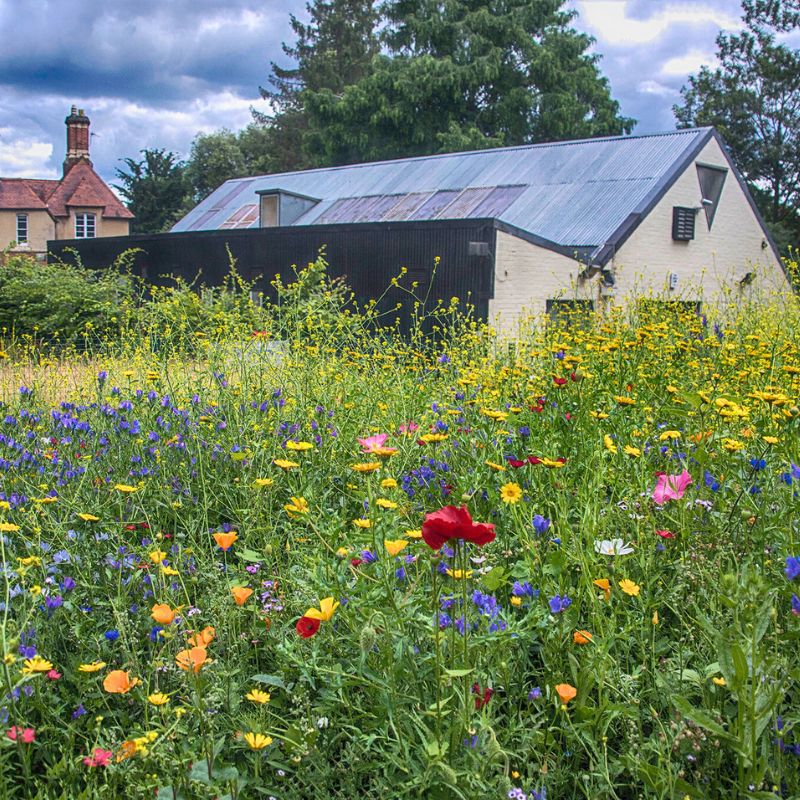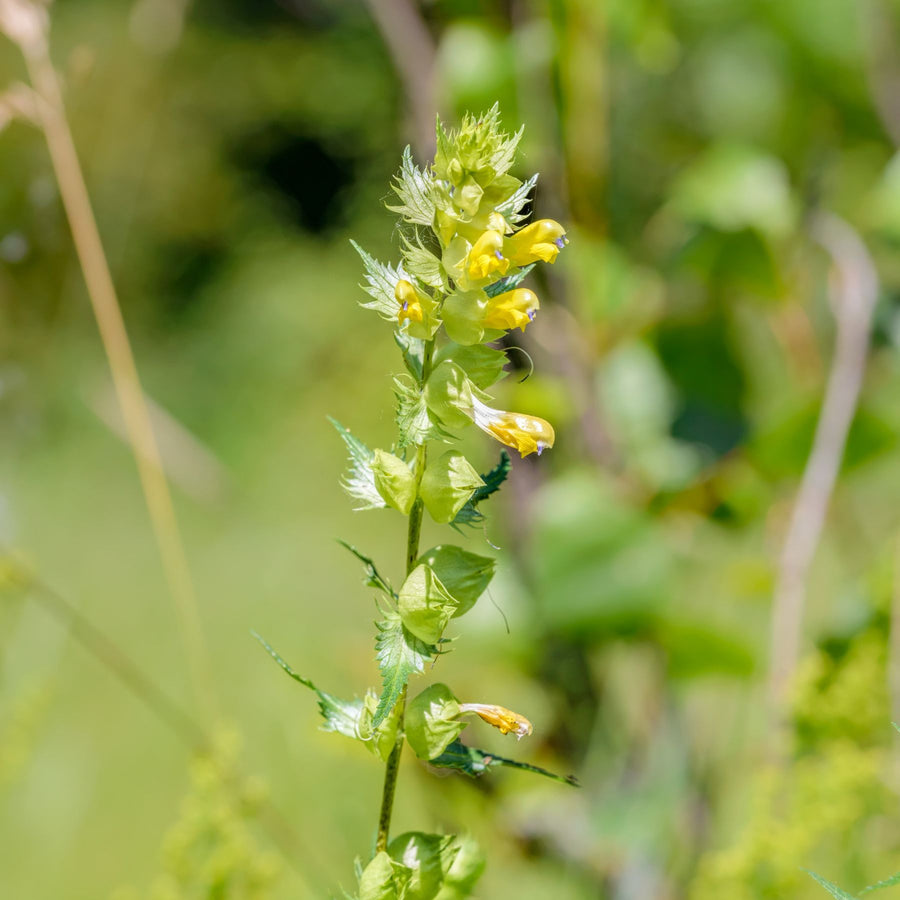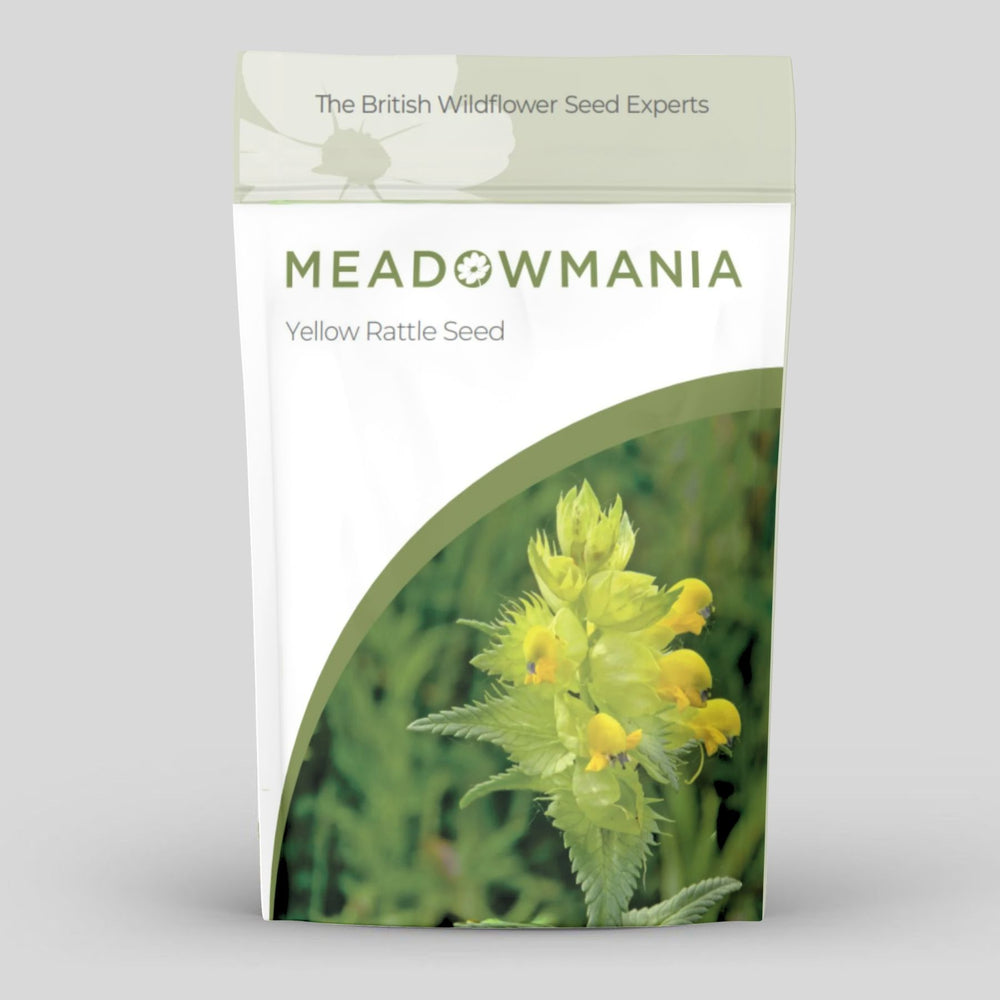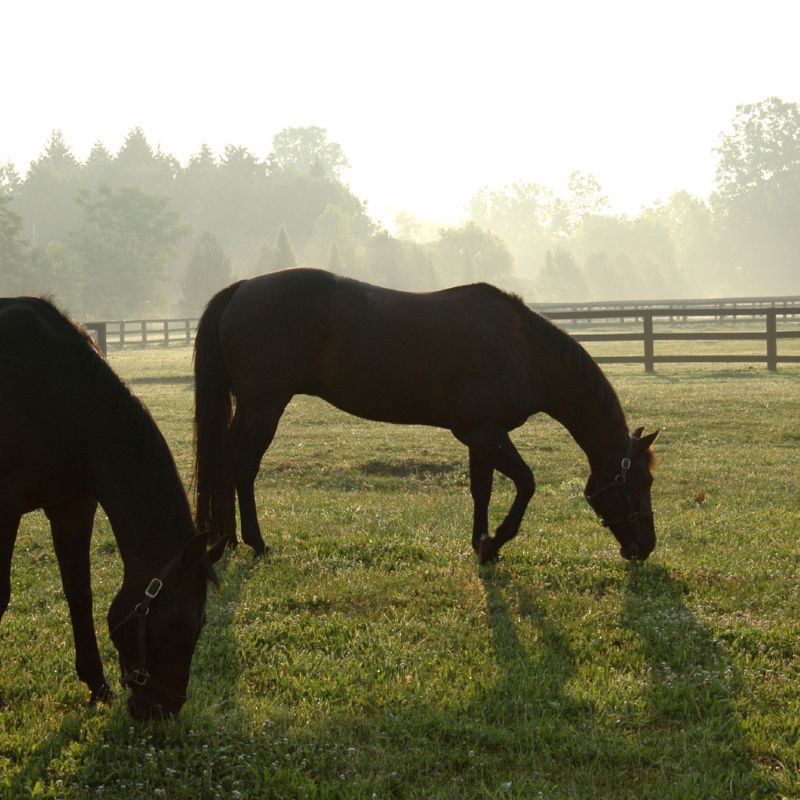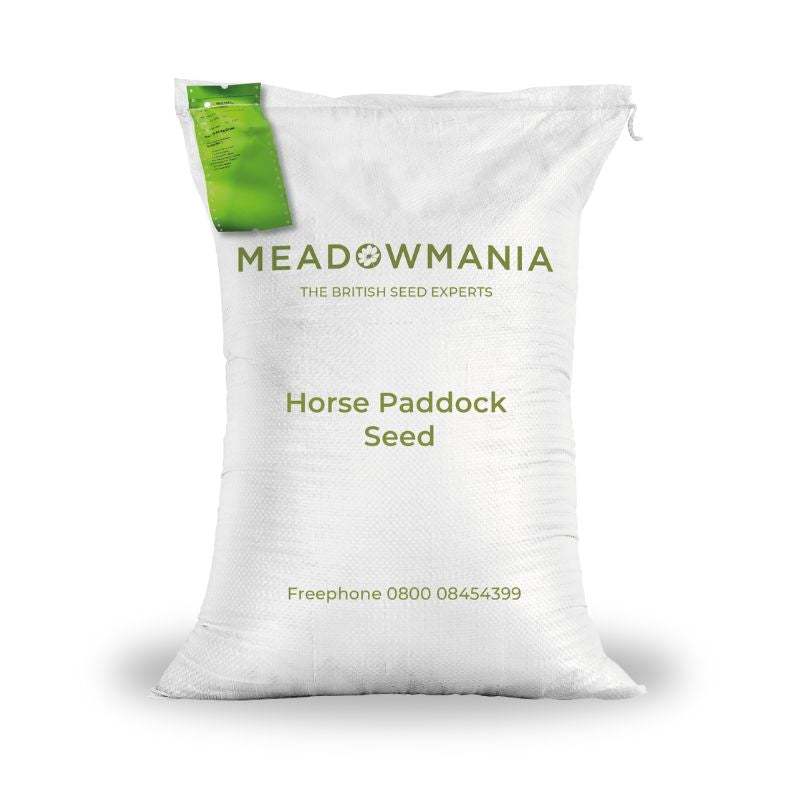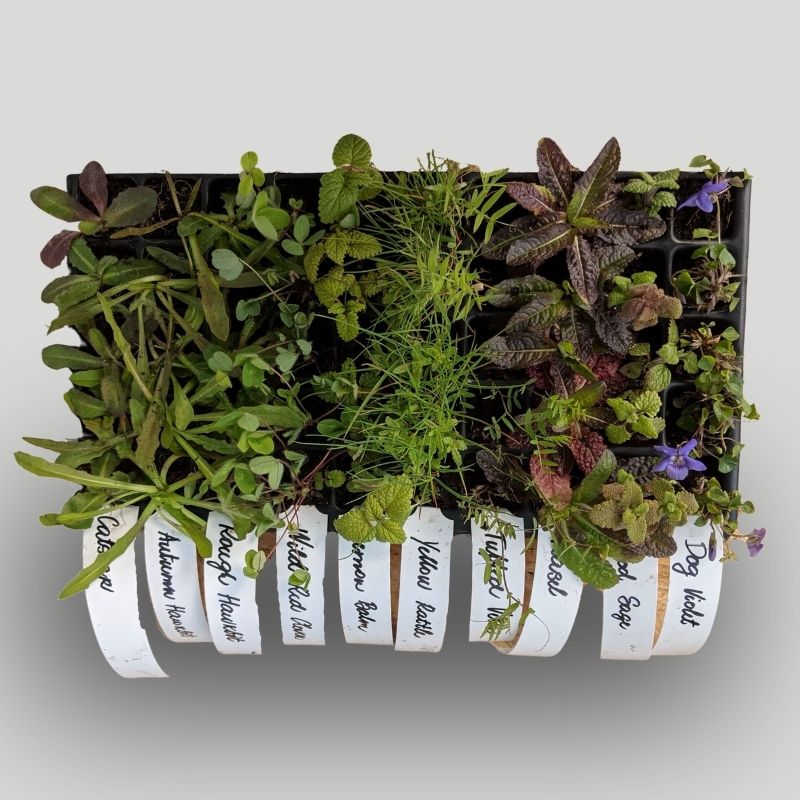
Why Choose Bare-Root Hedging Whips?
If you're planning a new hedge, thinking about planting young trees, or starting a larger landscape project, you've probably come across the option of bare-root plants. Whether you're new to bare-root planting or taking a closer look at how they compare with container-grown plants, bare-root stock offers a long list of advantages - especially when it comes to native bare-root hedging whips and bare-root trees.
To help you make the best choice for your planting project, here's a practical look at the key benefits of bare-root plants - and why so many gardeners and professionals prefer them year after year.
Easy to Handle and Simple to Plant
One of the main reasons bare-root plants are so widely used in hedging and restoration projects is how straightforward they are to work with. Supplied during the dormant season (usually from mid-November to late March) and free from bulky pots, they're:
- Lightweight and easy to transport
- Quick to plant, even in large numbers
- Ideal for long hedgerows or woodland creation projects
Because they arrive dormant, bare-root hedging whips suffer very little transplant shock and settle into the soil with minimal fuss.
Excellent Value for Money
When comparing bare-root plants with potted plants, the cost difference is often significant. Bare root stock offers outstanding value, particularly for medium to large planting schemes. They provide:
- Lower prices per plant
- Reduced delivery costs thanks to lighter packaging
- High success rates despite the lower price point
For anyone planting hundreds of native hedging whips or establishing new shelterbelts or field boundaries, bare-root plants are unquestionably the most cost-effective option.
Strong, Healthy Root Systems
Root health is one of the biggest advantages of bare-root planting. Because these plants grow naturally in open soil, they develop:
- Strong, fibrous roots
- No pot-bound or circling root problems
- Excellent early establishment after planting
Once planted, bare-root hedging and trees typically root out quickly, helping them settle and grow with confidence in their new environment.
Sustainable, Low-Impact and Eco-Friendly
Choosing bare-root hedging and trees is one of the most environmentally responsible decisions you can make for your garden or landscape project. Bare-root plants require:
- Far less packaging - no plastic pots and very little wrapping means dramatically reduced waste.
- Lower transport emissions - because they're lighter and more compact, more plants can be transported at once.
- Fewer resources to grow - open-field cultivation uses less water, energy, and materials than container production.
Bare-root plants offer low-impact, environmentally considerate gardening.
Fast Establishment and Excellent Adaptability
Once in the ground, bare-root plants typically "wake up" in spring with strong, vigorous growth. This makes them ideal for fast-growing hedging and naturalistic planting schemes. They tend to:
- Establish more rapidly than container-grown plants
- Adapt better to local soil and climate conditions
- Grow strongly in their first few years
This is especially important for ecological restoration, rewilding projects, and native hedgerow creation, where quick establishment helps create habitat sooner.
Boosts Biodiversity and Supports Wildlife
Native bare-root plants are among the most valuable choices for creating wildlife-friendly gardens and landscapes. Their flowers, berries, nuts, and structure offer essential resources throughout the year, supporting a range of UK species.
Many popular hedging plants provide multiple benefits:
- Hawthorn - produces masses of white spring blossom that attracts bees, hoverflies, and other key pollinators. Later in the year, its red haws become an important winter food source for birds such as blackbirds, thrushes, and finches.
- Blackthorn - offers early nectar from its bright white flowers - vital for queen bumblebees and early-emerging butterflies like the brimstone. Its deep purple sloes are enjoyed by migrating birds including fieldfares and redwings.
- Dog rose - provides simple, open flowers that are easy for bees and hoverflies to access. In autumn, its vitamin-rich hips feed blackbirds, greenfinches, and small mammals.
A newly planted bare-root hedge can start supporting wildlife surprisingly quickly. As it establishes, it creates structure, shelter, and food sources that help birds, insects, and mammals thrive - making it an excellent choice for anyone looking to boost biodiversity in their garden or landscape.

Perfect Timing for Planting Success
The bare-root season (November to March) aligns beautifully with the natural planting window. Cool temperatures and moist soil mean:
- Less watering required
- Reduced stress on young trees and hedging whips
- Strong root establishment before spring growth begins
The natural conditions of the season give your plants the best possible start.
If you're ready to start planting, take a look at our selection of native British bare-root hedging whips and trees. Choose from well-loved species such as blackthorn, hornbeam and beech - or opt for one of our popular mixtures like the Traditional British Hedging mix and our Wildlife Habitat Hedging mix to create an attractive, biodiversity-boosting hedge.
We also offer a bespoke hedging mix option, allowing you to select 10 plants (2 x 5 species) from a wider range of native species, perfect for creating a hedge tailored to your site conditions and ecological goals.
If you'd like to learn more about choosing, planting, and maintaining native hedges, take a look at our helpful guide: The Ultimate Guide to Native Hedging Plants: Everything You Need to Know About Planting a Native Hedge.
With a little planning and the right bare-root plants, you'll set the foundation for healthy, resilient growth and long-lasting results for years to come.




